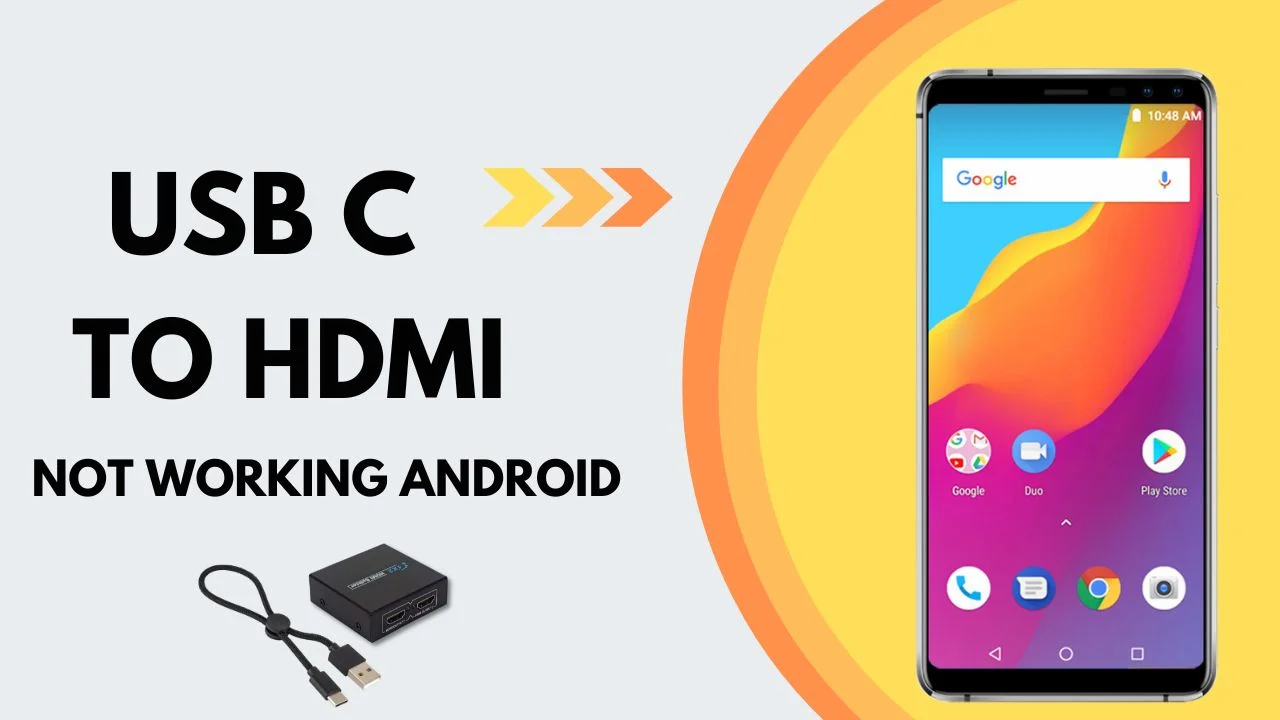In an increasingly connected world, having reliable and uninterrupted WiFi connectivity is essential. Enter WiFi switchers, innovative devices designed to streamline the process of connecting to different wireless networks.
In this comprehensive guide, we will explore the world of WiFi switchers, their functionality, their benefits, and how they simplify network switching.
Whether you’re a frequent traveller, a professional constantly on the move, or someone looking for a convenient solution for managing multiple WiFi networks, this article will provide valuable insights into WiFi switchers and help you make an informed decision about incorporating them into your wireless setup.

Understanding WiFi Switchers
WiFi switchers, also known as WiFi managers or WiFi routers with intelligent switching capabilities, are devices that automatically and seamlessly connect to the strongest available wireless network. They utilize advanced algorithms and intelligent software to analyze WiFi signals, identify the network with the best signal strength, and automatically switch to it without user intervention. This ensures a seamless and uninterrupted internet experience by eliminating the need to manually select and connect to different networks.
Benefits of WiFi Switchers
WiFi switchers offer a range of benefits for users seeking enhanced connectivity. Firstly, they save time and effort by eliminating the manual process of searching for and connecting to the optimal network. With WiFi switchers, you can focus on your tasks or enjoy uninterrupted browsing without worrying about network selection.
Additionally, WiFi switchers improve network reliability and performance. By automatically connecting to the network with the strongest signal, they ensure a stable and fast internet connection. This is particularly useful in scenarios where multiple networks are available, such as in office buildings, conference venues, or densely populated areas.
WiFi switchers also enhance mobility and flexibility. Whether you’re moving between different rooms, floors, or locations, WiFi switchers ensure that your device is always connected to the best available network, maximizing coverage and minimizing dead zones.
Features to Look for in WiFi Switchers
When choosing a WiFi switcher, several key features should be considered. Look for devices that offer intelligent network scanning capabilities, as these will ensure accurate detection and selection of the best available WiFi network. Compatibility with various WiFi standards (e.g., 802.11ac, 802.11ax) is also crucial for optimal performance.
Furthermore, consider WiFi switchers that provide customizable settings. This allows you to prioritize specific networks, set connection preferences, or specify trusted networks for seamless switching. Advanced security features, such as encryption protocols and built-in firewalls, are also essential to safeguard your data and protect against potential threats.
Additionally, pay attention to the device’s compatibility with your existing WiFi infrastructure. Ensure that the switcher supports the same network bands and frequencies as your wireless router to guarantee seamless integration.
Setting Up and Configuring WiFi Switchers
Setting up and configuring WiFi switchers is typically straightforward. Most devices come with user-friendly interfaces and intuitive setup wizards. Start by connecting the switcher to your existing network through an Ethernet cable or wirelessly, depending on the device’s capabilities. Access the switcher’s administration panel through a web browser or dedicated mobile app to complete the setup process.
During configuration, you can customize settings such as network scanning intervals, preferred networks, and security parameters. It’s recommended to follow the manufacturer’s instructions and best practices for optimal performance and security.
Limitations and Considerations
While WiFi switchers offer numerous benefits, it’s important to consider their limitations. WiFi switchers rely on signal strength as the primary criteria for network selection. However, a strong signal does not always guarantee the best network performance, as factors such as network congestion or bandwidth limitations can impact actual speeds.
It’s also worth noting
that WiFi switchers may not be suitable for all environments or use cases. In scenarios where specific networks require additional authentication or captive portal logins, manual intervention may still be necessary. Additionally, WiFi switchers may not be compatible with enterprise-grade networks that utilize complex authentication protocols or network configurations.
Popular WiFi Switcher Options
Several WiFi switcher options are available on the market today. Some notable examples include “Brand X WiFi Switcher” and “Brand Y WiFi Switcher.” These devices have garnered positive reviews for their ease of use, reliable performance, and advanced features. Before purchasing a WiFi switcher, consider reading user reviews and comparing different models to find the one that best suits your specific needs
WiFi switchers provide a convenient and efficient solution for managing and switching between multiple wireless networks. With their automatic network selection capabilities, they offer improved connectivity, reduced manual intervention, and enhanced performance.
By understanding the benefits, features, and considerations associated with WiFi switchers, you can make an informed decision when selecting a device that aligns with your wireless connectivity requirements. Embrace the seamless network switching offered by WiFi switchers and enjoy uninterrupted connectivity in the ever-expanding digital landscape.







